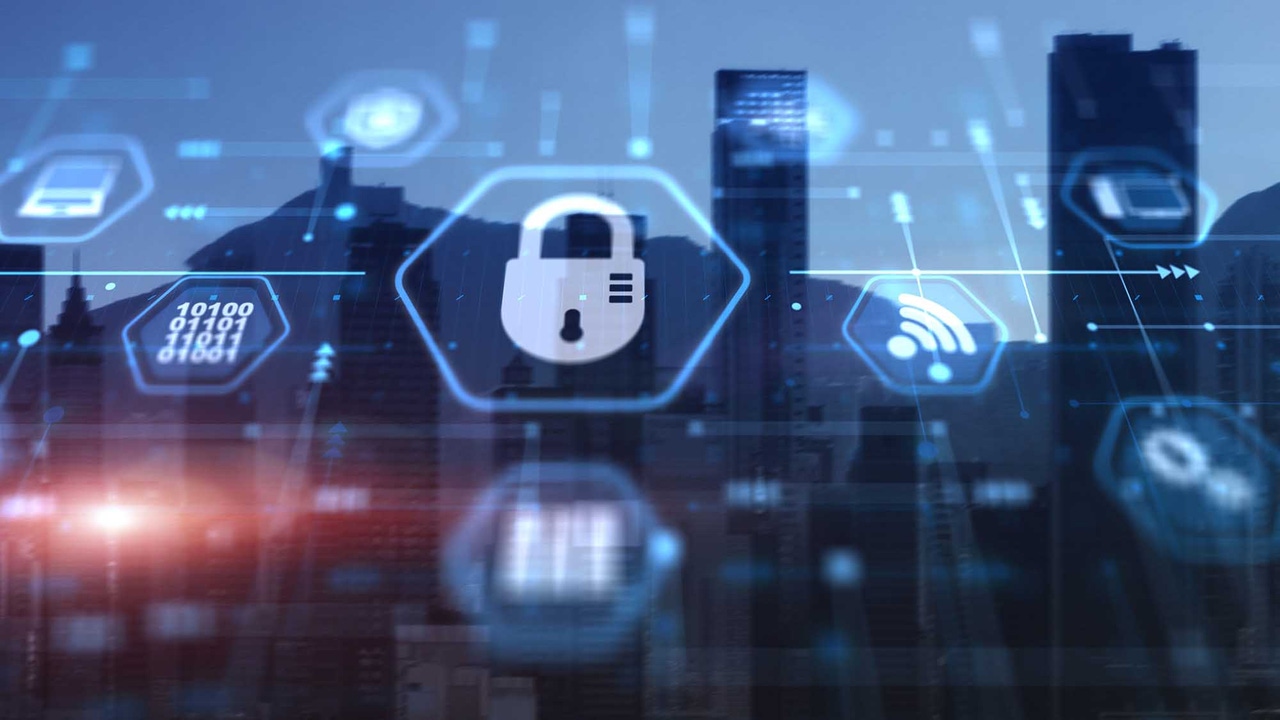A Comprehensive Approach to SAP Security
Implement this checklist to help protect your SAP environment against bad actors.
May 13, 2024

By Ivan Mans, CTO & Co-Founder, SecurityBridge
Cybersecurity is more crucial than ever, especially for enterprise organizations utilizing SAP platforms. SAP platforms are used by 99 of the Fortune 100 companies and have over 280 million cloud subscribers worldwide. Due to SAP systems' massive scaling through hyperscalers, software-as-a-service (SaaS) models, and on-premises and cloud-based systems, many organizations need help identifying new attack vectors.
SAP's sprawl lulls many IT personnel into a false sense of security, believing the responsibility for securing the company's applications resides with someone else. Fortunately, there are multiple ways to harden SAP implementations against bad actors.
SAP Environments
SAP software can operate across multiple environments, each of which affects its security posture. These environments include:
On-premises: This is the conventional structure for SAP systems. It offers companies total visibility and complete control over all environmental components. Infrastructure and maintenance can be expensive, but the price is offset by the protection gained from data control and safety.
Cloud: SAP software can exist in private or public clouds. Each model requires third-party partnerships with external servers, decreases upfront hardware and software costs, and offers scalability and flexibility. However, in the public cloud model resources are shared across all organizations, and data traverses the Internet. By contrast, the private cloud model is single-user and offers greater control and customization.
Hybrid: This is a combination of the on-premises and cloud components. Companies can establish an in-house SAP presence for a more hands-on approach and leverage the cloud for storage, scalability, and flexibility.
SAP Security Spheres
Due to the system's complexity, specific components are essential to support the administrative security of SAP software:
Identity and access management (IAM): Role-based access controls and authentication methods are foundational to security. Providing employee credentials to access the system reduces the guesswork of intrusion detection. Job titles typically assigned this type of access include SAP consultants and managers, business process owners, and those responsible for risk and compliance management.
Privileged access management: Certain SAP data or tasks require privileged access granted by IT security and management personnel. Titles typically assigned this type of access include SAP administrators, IT security managers, chief information security officers (CISOs), and compliance officers. This process should be used to enforce the least-privilege principle within IAM.
Threat detection: The following elements are important to identify and mitigate threats in real time: anomaly detection, log monitoring, and intrusion detection systems (IDS). Monitoring these elements is crucial, but the daunting task of sifting through data often creates delays. Therefore, it's essential to link third-party SAP tools that prioritize data for manageable processing.
Threat response: Creating an effective threat response means combining security information and event management (SIEM), vulnerability management, and incident detection tools into a cohesive framework. Threat response builds upon threat detection and requires actionable insights through meaningful monitoring.
Vulnerability management: This involves hardening the SAP system with tools such as patch management, custom code analysis, and vulnerability scanning and assessment processes. Applying these will help handle risks promptly and efficiently.
By implementing these security measures, businesses can keep their security architecture resistant to cyber threats and compliant with evolving regulations, thus minimizing SAP attack vectors across different deployments.
Integrating SAP Security
A unified security framework that addresses the unique aspects of each environment is required. SIEM systems significantly assist with compliance and addressing cyber threats across all SAP environments. In addition, standards for IAM provide access and user authentication controls, which can be applied no matter where the data resides or what operations are underway. SIEM tools detect and respond to threats while providing required compliance reporting and are vital for real-time SAP security posture visibility.
Regular audits and real-time monitoring complement SIEM and IAM usage. These procedures support policy adherence and alert administrators to deviations from baselines established in the benchmarking stage. Maintaining fluid operations across different environments will result in a coherent and effective plan for safeguarding SAP platforms.
SAP Cybersecurity Checklist
Organizations should adopt the following practices to establish a secure SAP posture:
Install SAP patches monthly with proper planning and testing. The most common SAP patches are kernel patches, SAP Note Assistant (transaction SNOTE) patches, and support packs.
Continuous system hardening and configuration helps with evolving security threats.
Segregation of duties reduces risks and prevents fraud by ensuring that one person does not have control over all aspects of a transaction.
Establishing a real-time SAP threat response process helps ensure immediate action can be taken to mitigate threats.
The goal is holistic integration that covers all aspects of system operation. For a detailed SAP HANA checklist, visit SAP HANA Security Checklists and Recommendations.
Conclusion
Due to bad actors' ever-improving hacking methods, a proactive and holistic approach to SAP security is required to safeguard critical assets. Continuous improvement and adaptation of security measures are vital to ensuring that your company remains operational and your channel partners are secure.
Technology is purposeful, but educating yourself about today's threats, creating a sound framework, and being familiar with SAP system security requirements are paramount to protecting digital assets. Effective cybersecurity begins with knowledge, and knowledge applied through a well-thought-out cybersecurity process will provide a much-needed layer of protection.
About the Author

Ivan Mans is a long time SAP technology consultant, having worked in the SAP space since 1997 — the early days of R/3. In 2012, Ivan co-founded SecurityBridge, and in his current role as CTO, he is a motivated driver, inspires people, and pushes technology that contributes to the continuous innovation of the SecurityBridge Platform. In recent years, Ivan has been a regular speaker at SAP events, evangelizing SAP security.
Ivan's LinkedIn: https://www.linkedin.com/in/mansiva/
SecurityBridge's LinkedIn: https://www.linkedin.com/company/securitybridge/
Read more about:
Sponsor Resource CenterYou May Also Like



